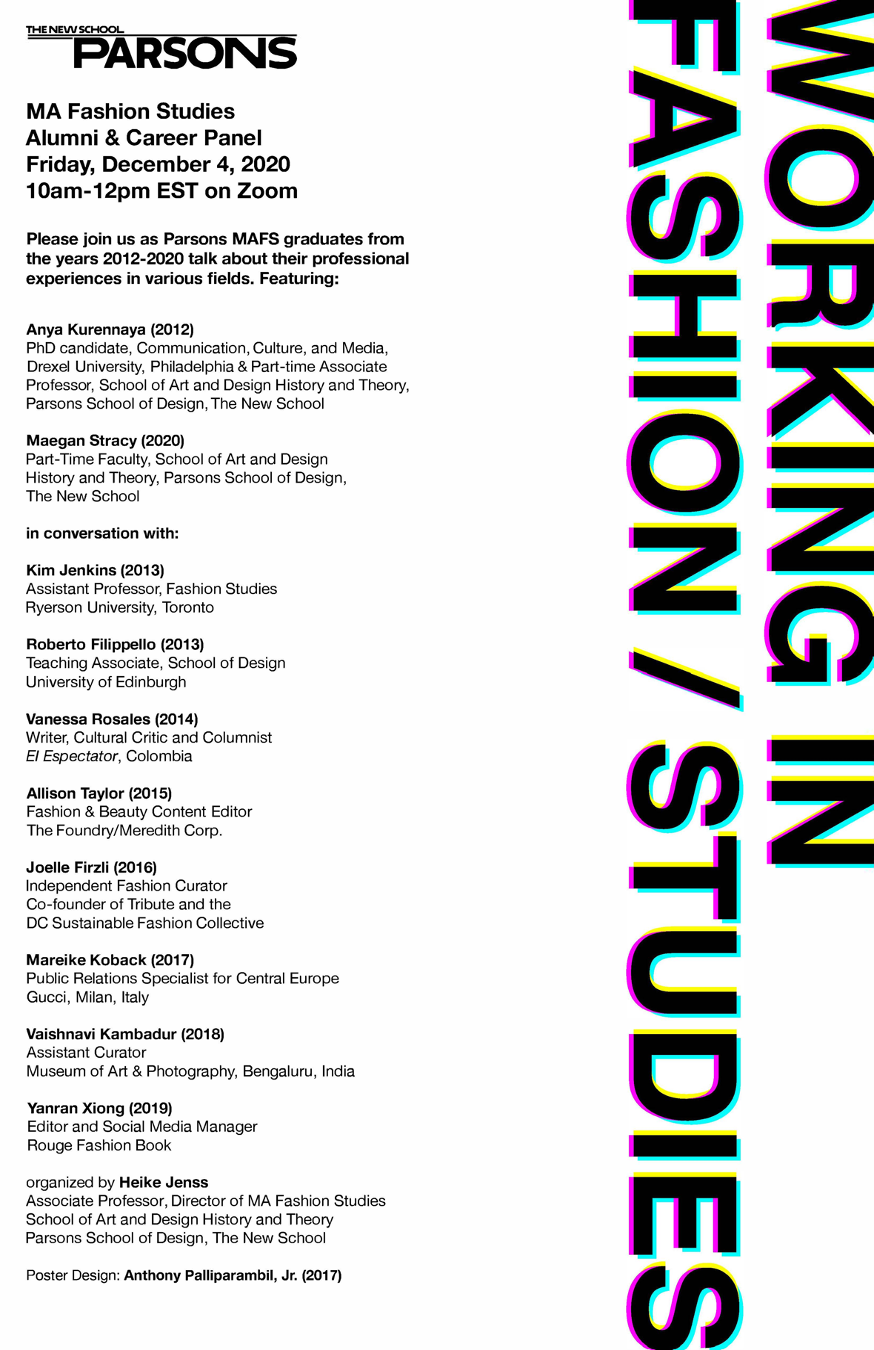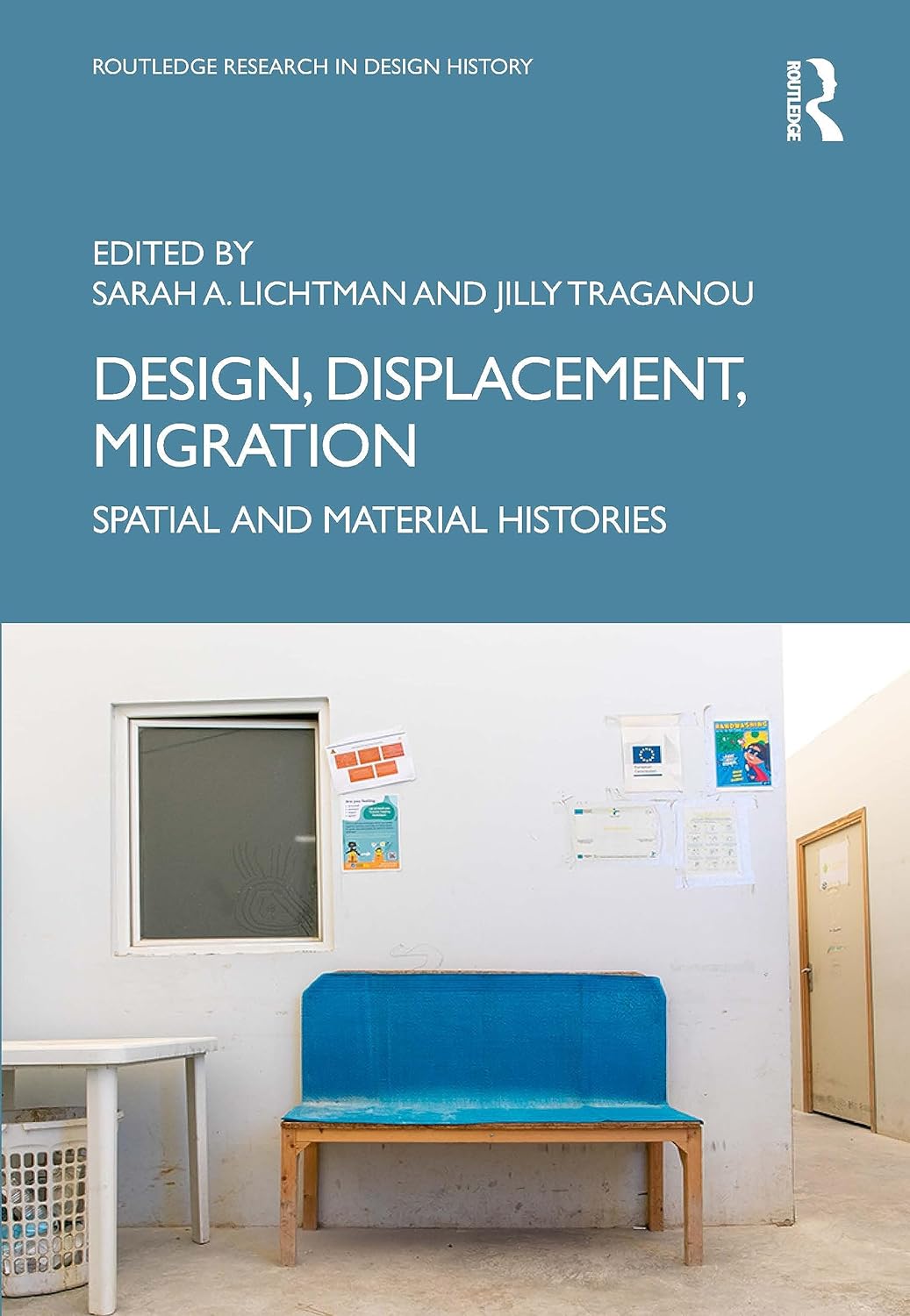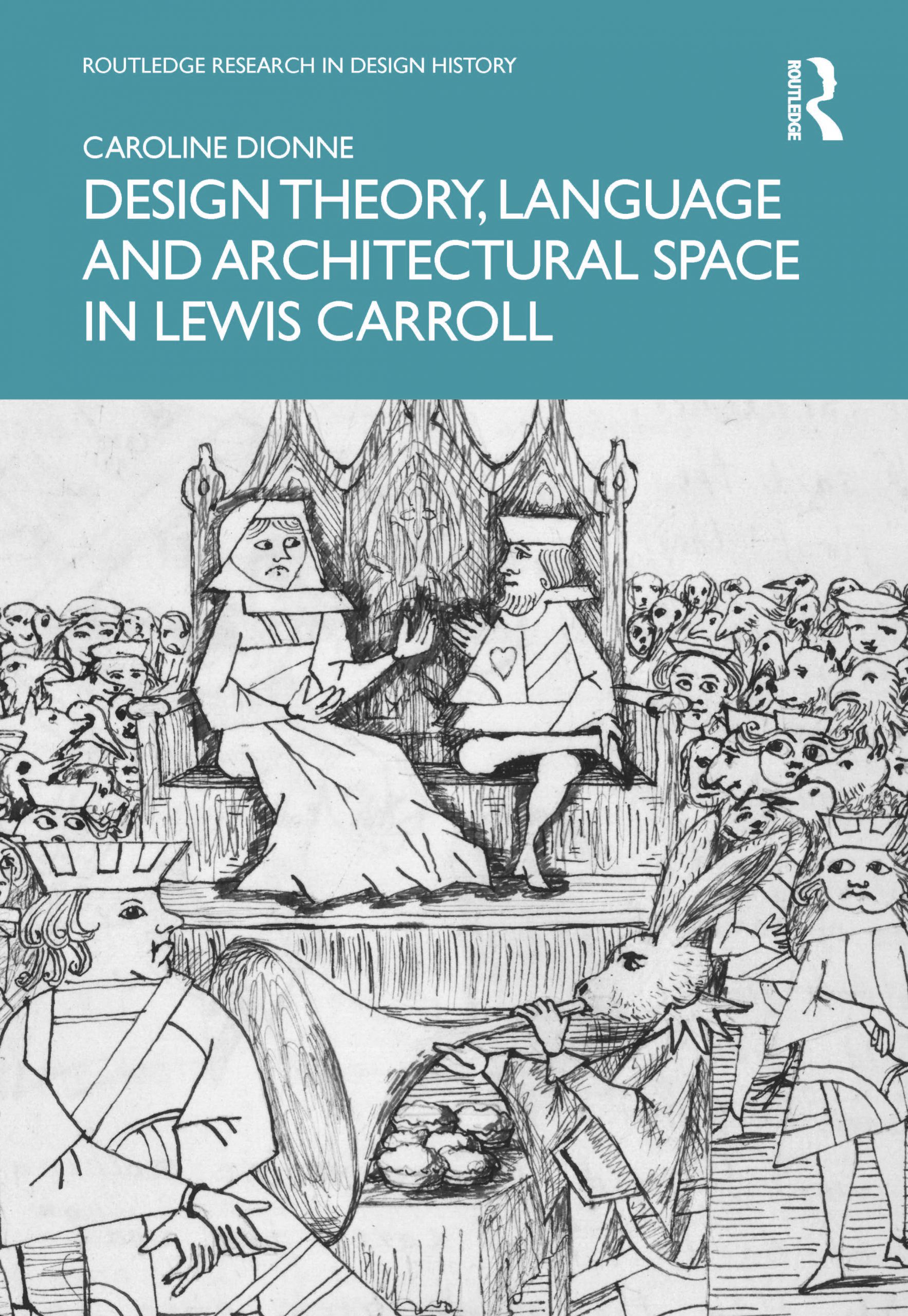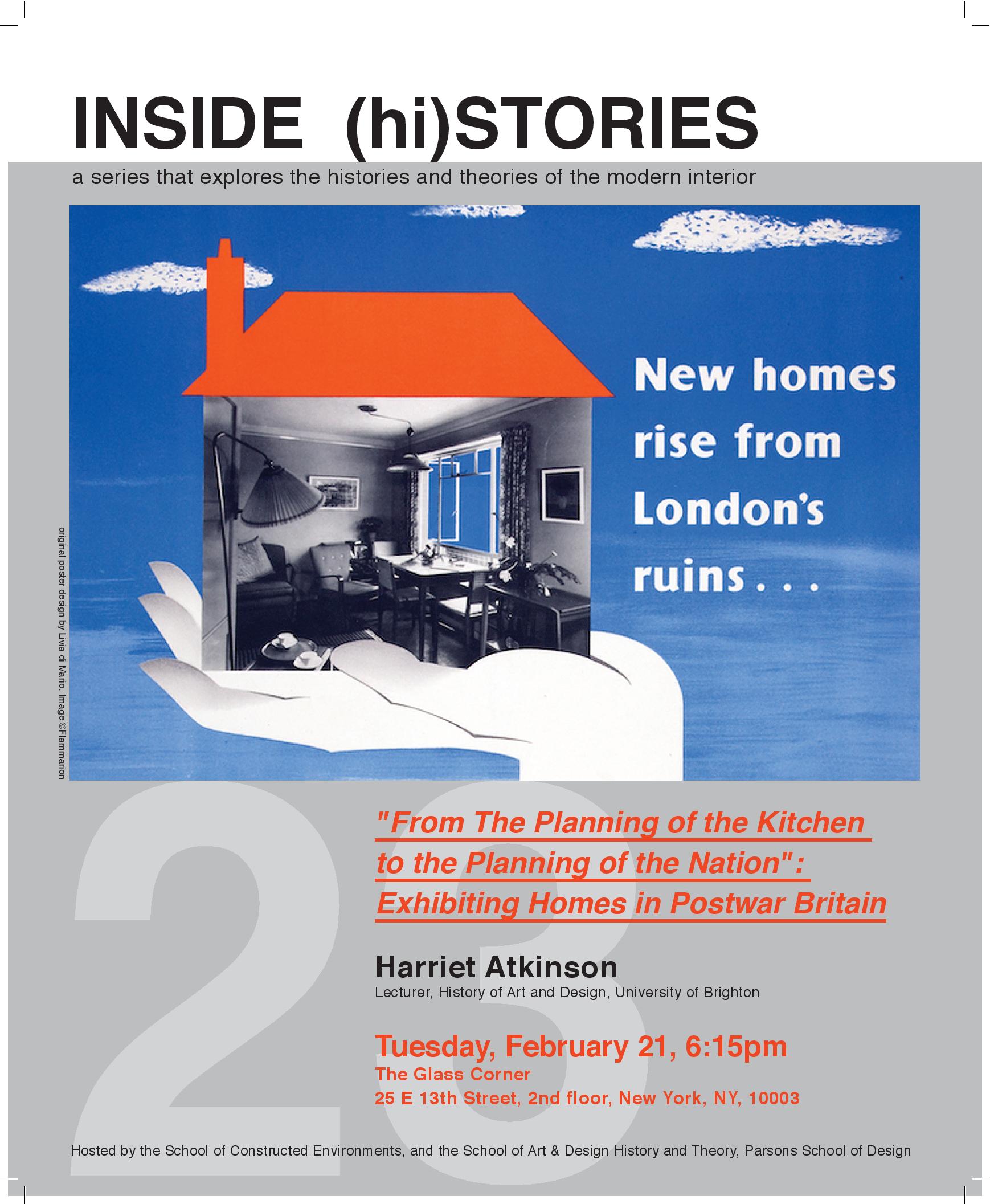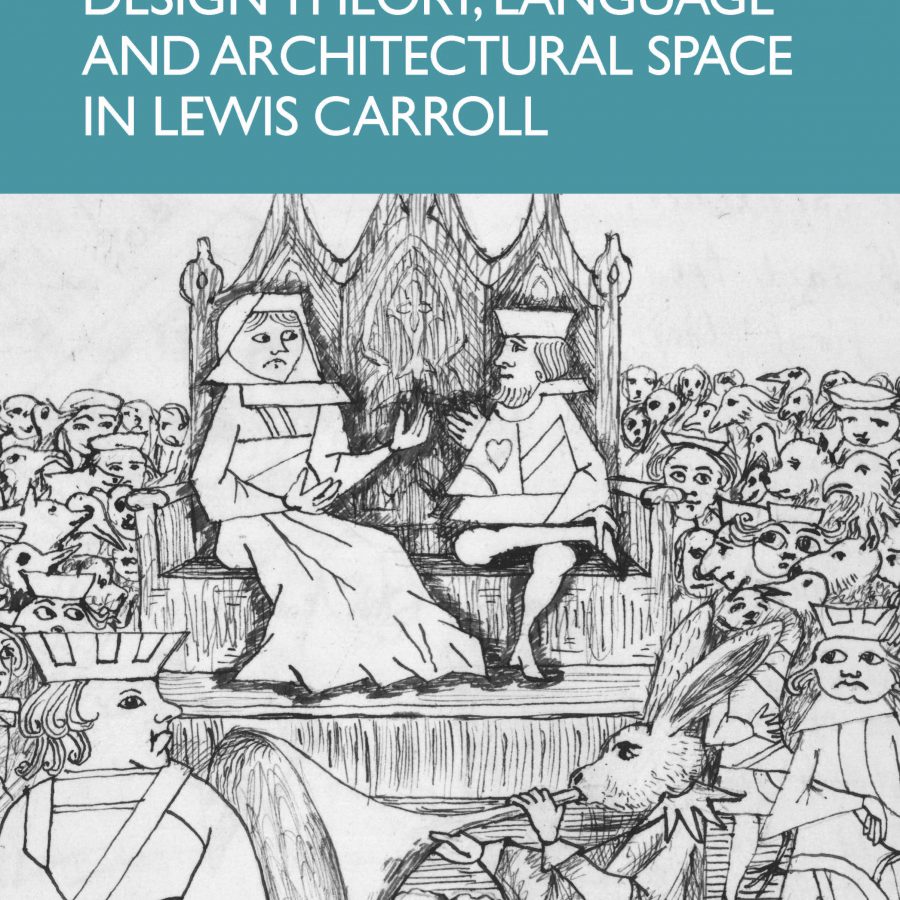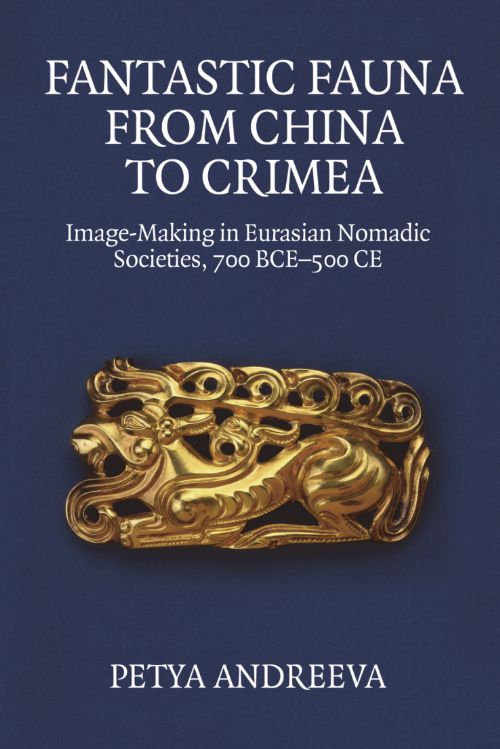
Fantastic Fauna from China to Crimea
Image-Making in Eurasian Nomadic Societies, 700 BCE-500 CE
Explores the zoomorphic imagination and image-making of Eurasian nomads and their dynamic interactions with neighbouring sedentary empires
- Presents hundreds of precious objects from tombs and hoards in present-day China, Mongolia, North Korea, Japan, South Siberia, Kazakhstan, Eastern Ukraine, Bulgaria and Hungary
- Uses primary and secondary sources in Modern and Classical Chinese, Russian, Mongolian, Japanese and Bulgarian
- Unmutes the historical voices of nomads by viewing them as independent thinkers, designers and politicians rather than mere intermediaries between sedentary empires
- Highlights the funerary arts of the Saka, Pontic Scythians, Xirong, Donghu, Linhu, Xiongnu and Xianbei societies of Central Eurasia
- Following the environmental turn in the humanities, provides an art historical perspective on human-animal entanglements in ancient societies
- Offers interdisciplinary insights into Othering, cultural exchange and collective memory in the increasingly global ancient world
Numerous Iron-Age nomadic alliances flourished along the 5000-mile Eurasian steppe route. From Crimea to the Mongolian grassland, nomadic image-making was rooted in metonymically conveyed zoomorphic designs, creating an alternative ecological reality. The nomadic elite nucleus embraced this elaborate image system to construct collective memory in reluctant, diverse political alliances organised around shared geopolitical goals rather than ethnic ties. Largely known by the term “animal style”, this zoomorphic visual rhetoric became so ubiquitous across the Eurasian steppe network that it transcended border regions and reached the heartland of sedentary empires like China and Persia.
This book shows how a shared fluency in animal-style design became a status-defining symbol and a bonding agent in opportunistic nomadic alliances, and was later adopted by their sedentary neighbours to showcase worldliness and control over the “Other”. In this study of enormous geographical scope, the author raises broader questions about the place of nomadic societies in the art-historical canon.


